Limestone
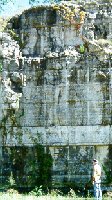
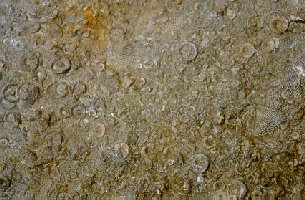

More than 50 percent of the surface rocks in Kentucky are limestones. Limestone is chiefly composed of the mineral calcite (calcium carbonate), but may contain small amounts of clay, silt, chert, and dolomite. Most limestones are layered and contain fossils of shellfish and other animals that lived in shallow seas. Limestones are shades of bluish gray to tan. The brown and yellow shades are usually caused by iron oxide impurities and the dark gray to black colors are caused by organic material. The texture of limestone ranges from coarsely crystalline to very fine grained. The large crystals can be seen by the unaided eye, whereas the crystals in the very fine-grained material, which is usually mixed with clay, are visible only under magnification.
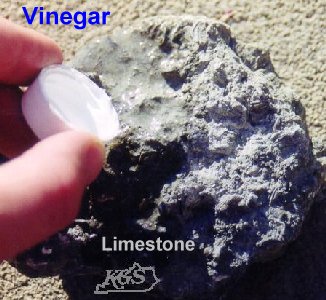
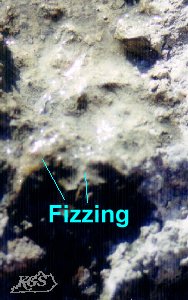
Limestone effervesces (fizzes rapidly) when treated with cold dilute hydrochloric acid and is easily scratched by a knife blade. Vinegar, which contains acetic acid and water, will also cause limestone to effervesce.
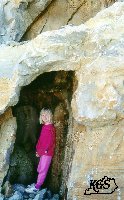
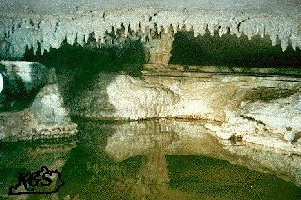
Natural acids in groundwater can dissolve limestone in the ground, which is why caves and other karst-solution features are common in many parts of Kentucky.
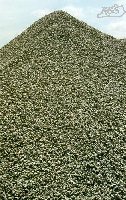
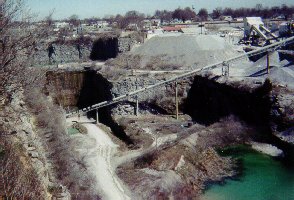
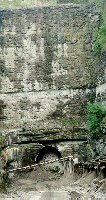
In 2013, crushed limestone sold or used by producers in Kentucky amounted to 46 million tons valued at $452 million. Crushed limestone is used extensively for road surfacing and making concrete; other uses are for agricultural lime, railroad ballast, and fluxing stone. Limestone is much in demand as an ornamental or building stone.
For more information about limestone and dolostone, see Limestone industry.
